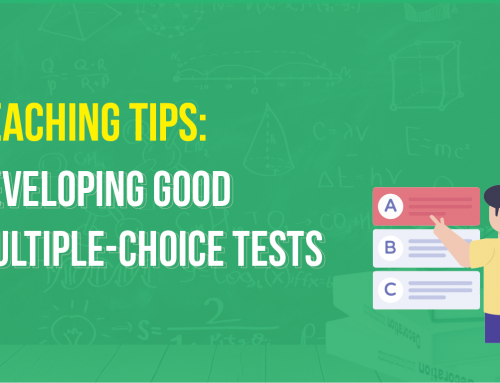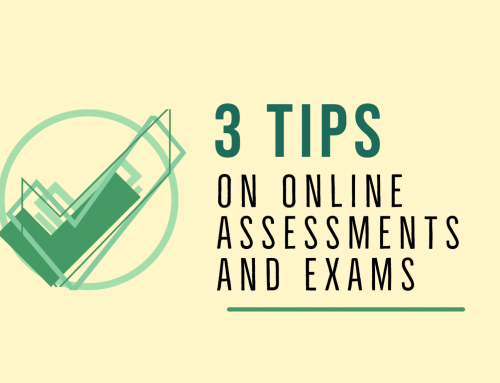Project Description
Rubrics: What, why and how
By CTLE in collaboration with Dr. Alice Lee (FAH/ELC)
An integral part of teaching and learning, rubrics help ensure that there is accountability and transparency in a course. Instructors use rubrics to discuss among themselves the quality of students’ work and explain to students how well they have performed on assigned tasks. As a rubric communicates clearly what constitutes excellent, average, and sub-standard work, it is a working document which serves as a basis of discussion between instructors and students.
There are two types of rubrics: analytic rubric and holistic rubric. The choice of which one to use will depend on whether an instructor wants to give quick and more general feedback (holistic rubric) or “actionable” feedback on specific area students need to focus on for improvement (analytic rubric).
We have created three short videos with interesting analogies and practical examples to help you better understand rubrics and how they are created and used.
Rubrics: What and why
This video defines ‘rubrics’ and compares two different types of rubrics. It also explains why rubrics are important for both teachers and students.
Using Rubrics
This video will walk you through the process of “norming” a set of rubric, either by an individual assessor or one assessor in a group of assessors.
Creating/Adapting Rubrics
This video outlines the steps of creating a rubric and tips of adapting an existing rubric to one’s use.
CTLE offers personal consultations for colleagues interested in getting help with the design of their course activities.




